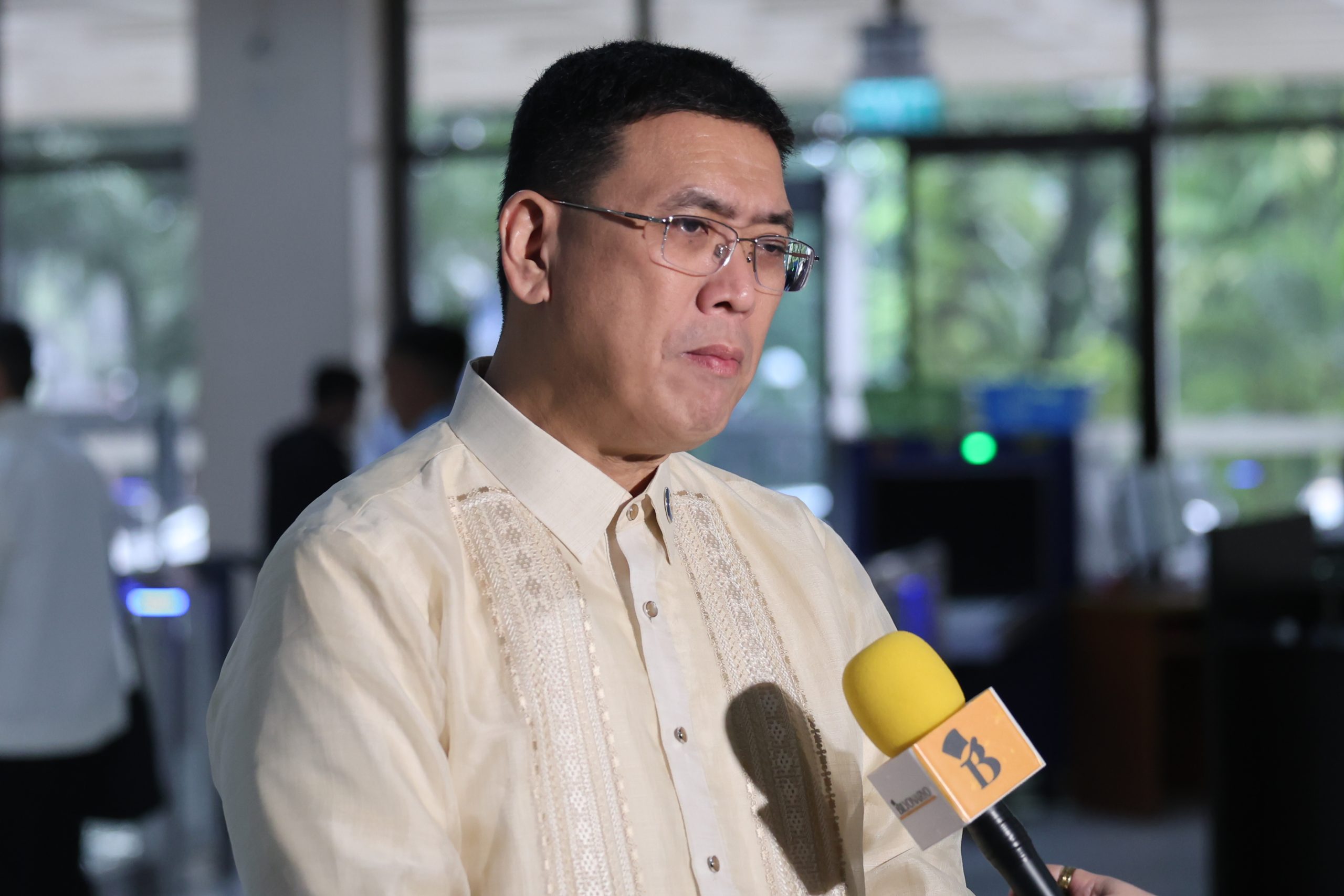- By - Press
- April 25, 2024
- Comments (0)
With agricultural damage due to El Niño nearly at a staggering P4 billion, AGRI Party-list Rep. Wilbert T. Lee urged the government to bolster efforts in mitigating impacts of El Niño, and prepare for the looming La Niña projected by the Philippine Atmospheric, Geophysical and Astronomical Services Administration (PAGASA) in June to August this year.

“Napakalaki na po ng pinsalang dulot ng El Niño sa ating agrikultura, umaabot na sa halos P4 bilyon. Ikawalong El Niño na ito na dumaan sa ating bansa simula 1980, pero parang nabibigla pa rin tayo,” Lee lamented.
“Pagkatapos ng delubyong ito, panibagong hamon na naman sa mga magsasaka at mangingisda ang inaasahang idudulot ng La Niña. Maging pro-active na tayo; balikan natin kung ano at saan ang mga naging kakulangan at simulan nang ipatupad ang epektibong tugon sa epekto ng mga kalamidad. Huwag na nating hintayin pa na dumating ang susunod na El Niño at manalanta ang La Niña bago tayo magpatupad ng mga polisiya na magbibigay ng proteksyon sa ating mga food security soldiers,” he added.
Lee noted that the World Bank, in its 2019 study entitled “Striking a Balance: Managing El Niño and La Niña in Philippines’ Agriculture”, had already laid out policy recommendations for the government to follow in order to reduce El Niño and La Niña-related losses. These recommendations are divided into two groups: preparedness and resilience.
Preparedness, according to the World Bank, are measures specifically geared toward El Niño and should, ideally, be in place before the next El Niño event occurs. These actions will significantly empower people to cope, respond, and recover from damaging El Niño events.
Resilience, on the other hand, are measures that are not specifically tailored to El Niño, but that will build individuals’ and organizations’ ability to adapt to multiple forms of risks and shocks without compromising long-term development.
According to the Bicolano lawmaker, the World Bank made several high priority recommendations for preparedness, including preparing response measures when El Niño-related events occur; correcting inefficiencies within the Roadmap to Address the Impact of El Niño (RAIN) and the El Niño Task Force; harnessing rebound from La Niña; assessing El Niño-related slow onset disasters and government responses; preparing detailed El Niño risk and vulnerability maps; improving El Niño-forecasting and dissemination; strengthening the early warning capacity of government agencies; strengthening Local Government Units’ (LGUs) capacity to deliver aid and services and prepare for El Niño events; and provide contingency and preparedness funding for El Niño events.
“For resilience, the World Bank recommended that we sustain and scale up good practices, including identifying Philippine best practices on El Niño-related themes, and scaling up human and resource capacity,” Lee pointed out.
“The path has been laid out for us by experts, all we need is to follow it,” he added.
According to the Department of Agriculture (DA), damage to the agriculture sector due to El Niño has already reached P3.94 billion, covering more than 66,000 hectares and almost 74,000 farmers and fisherfolk.
Citing reports from the Department of Science and Technology (DOST), Lee, who hails from Bicol, said a total of P267,390,512 in agricultural losses was reported in Albay on April 11, following the declaration of a state of calamity in the previous month.
Albay is only one of the 103 areas in the country under state of calamity due to El Niño.
“Winner Tayo Lahat kung mapapangalagaan ang buhay at hanapbuhay ng ating local food producers dahil nakasalalay sa kanila ang supply ng pagkain ng buong bansa at pagtiyak sa ating food security. Sa masagana nilang produksyon, hindi lang mapapataas ang kanilang kita, mapapababa din ang presyo ng produkto sa merkado, na siya namang ikatitipid ng consumers. Dagdag budget ito ng pamilyang Pilipino, at bawas alalahanin sa iba pang pangangailangan, lalo na sa panahon ng emergency o pagkakasakit!” Lee said.


